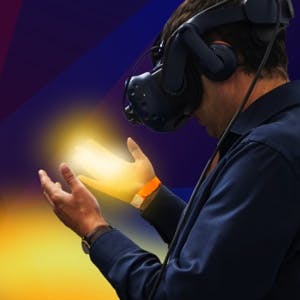- Home
- All updates
- EDGE Insights
- Industries
- Company Search
- My Watchlists (Beta)
All Updates
NVIDIA Research partners with Stanford's Imaging Group to develop compact XR glasses
Qualcomm and Google partner to develop AI-driven automotive solutions
Meta AI releases LayerSkip to accelerate inference in LLMs
Freeform secures funding from NVIDIA's NVentures
Flexxbotics announces compatibility with LMI Technologies for quality inspection
Oxla raises USD 11 million in seed funding to drive commercialization
Cohesity enhances Gaia, its AI assistant, with visual data exploration and expanded data sources
Finzly launches FedNow service through BankOS platform in AWS marketplace
Runway launches Act-One for AI facial expression motion capture
Ideogram launches Canvas for image manipulation and generation
UiPath partners with Inflection AI to integrate AI solutions for enterprises

Extended Reality
NVIDIA Research partners with Stanford's Imaging Group to develop compact XR glasses
-
NVIDIA Research partnered with the Computational Imaging Group at Stanford to develop compact holographic AR glasses to advance the current bulky design of XR headsets.
-
The partnership aims to overcome optical design hurdles in existing XR glasses to create a thinner, lighter model wherein the display is close, but the image appears distant. The solution uses a pioneering element called a Spatial Light Modulator (SLM), which manipulates the phase of light and enables 3D hologram construction, leading to a more compact design.
-
Along with using AI-based holography algorithms, the partnership offers the potential for full 3D depth cues for virtual content in AR glasses, promoting more realistic images.
-
Analyst QuickTake: The partnership marks an expansion in the company’s hardware efforts, looking to design XR devices itself. This is in contrast to NVIDIA’s GPUs that have been used to power high graphical fidelity experiences on PC XR headsets, such as Varjo’s XR-4.
Contact us
By using this site, you agree to allow SPEEDA Edge and our partners to use cookies for analytics and personalization. Visit our privacy policy for more information about our data collection practices.